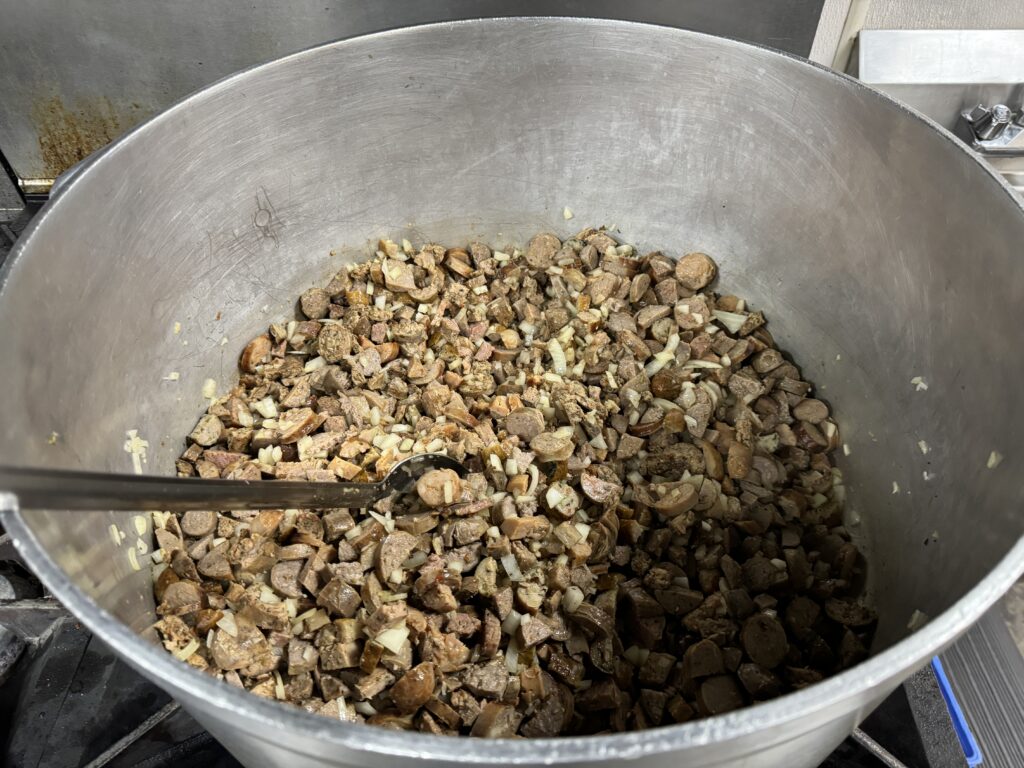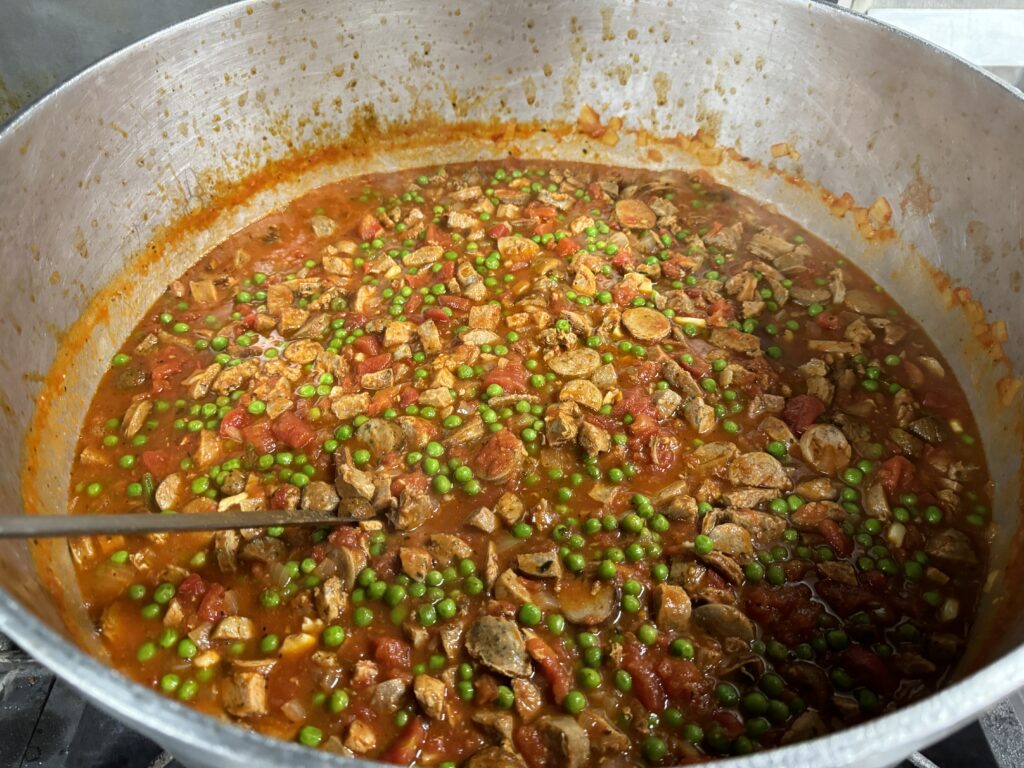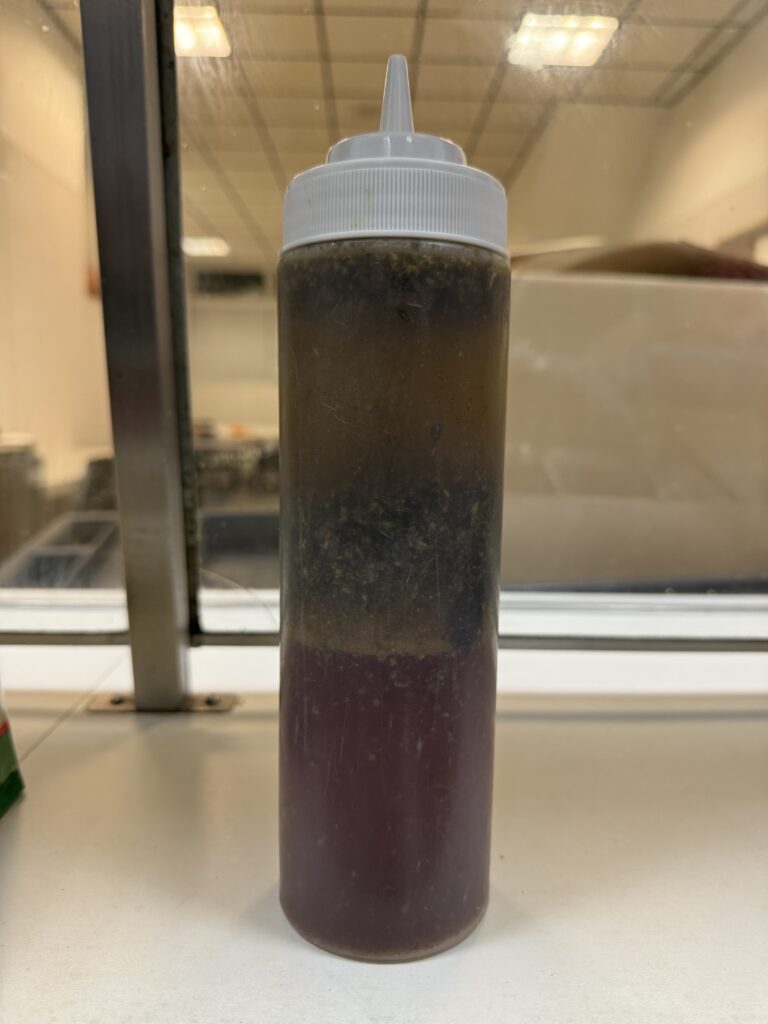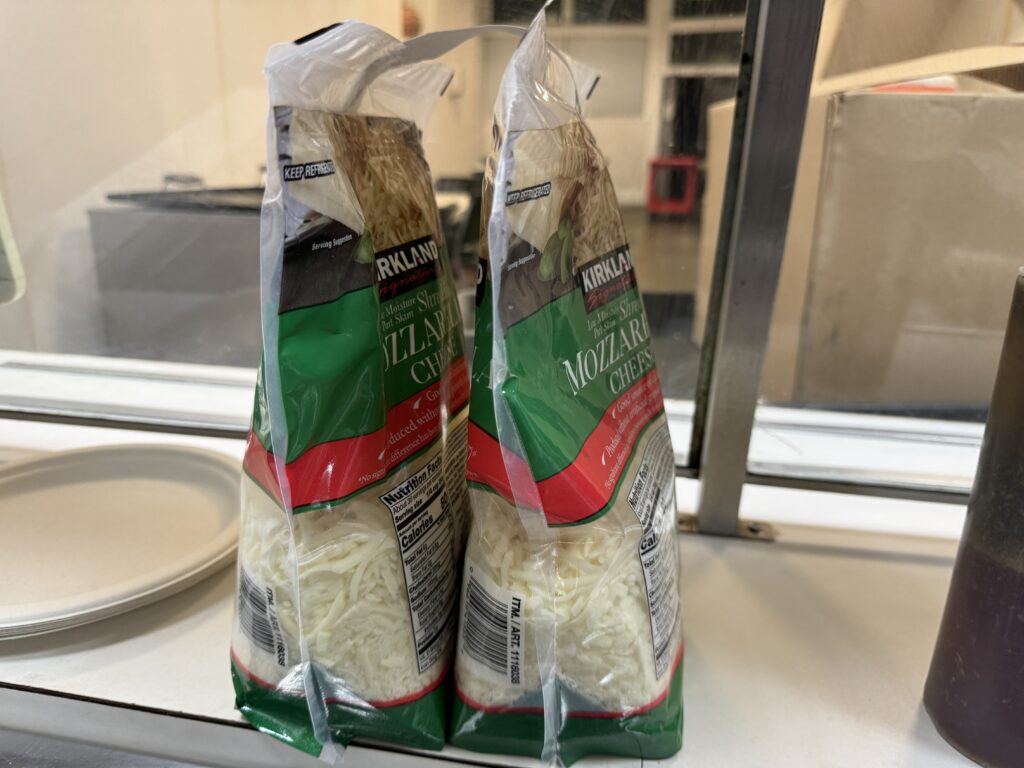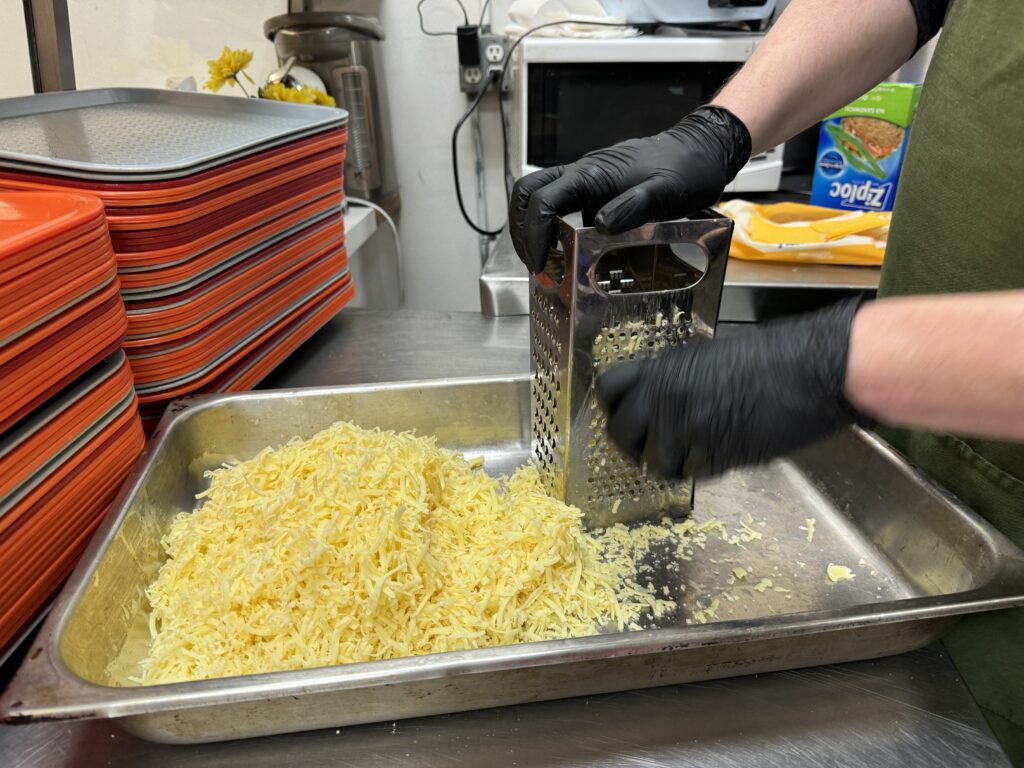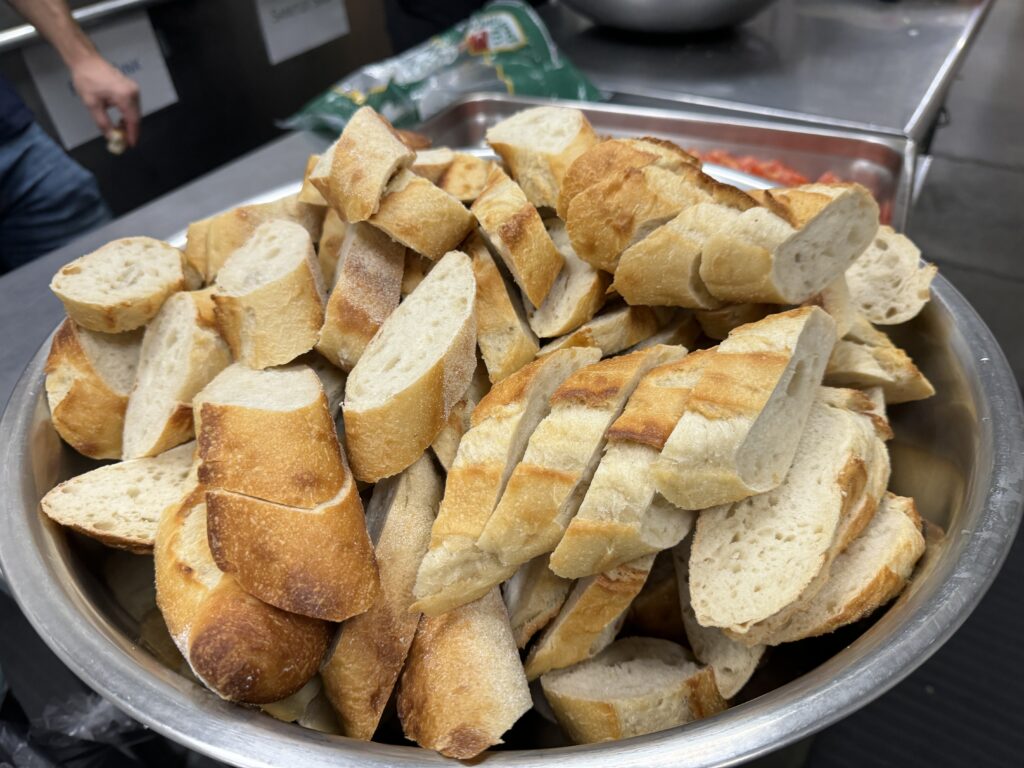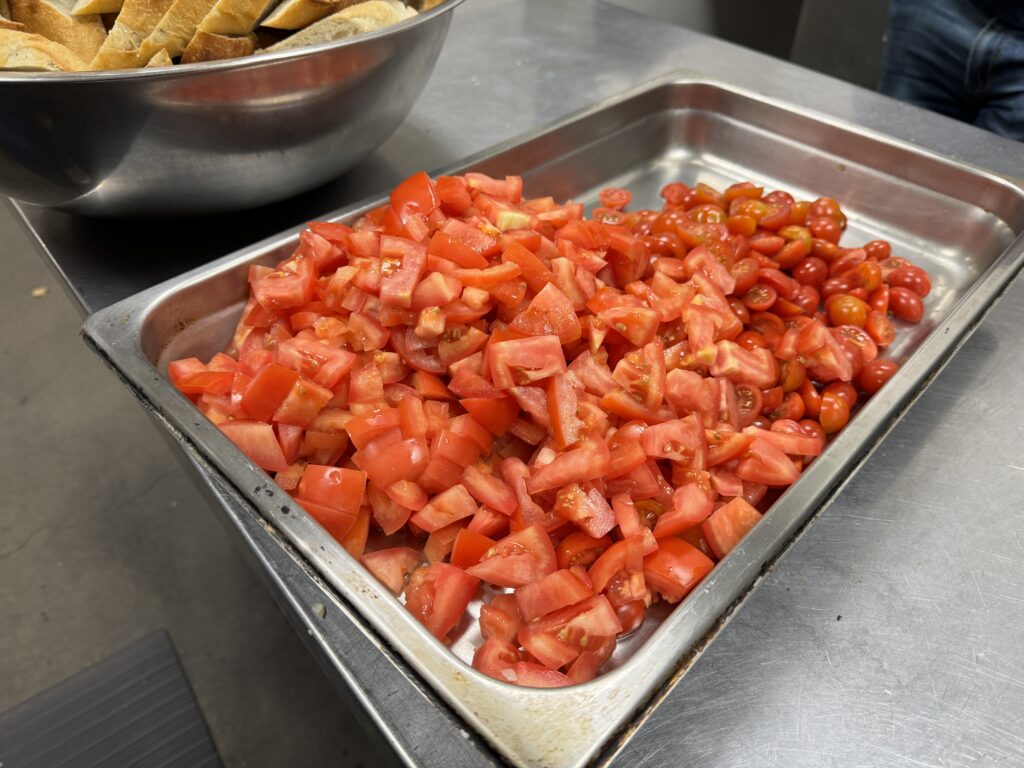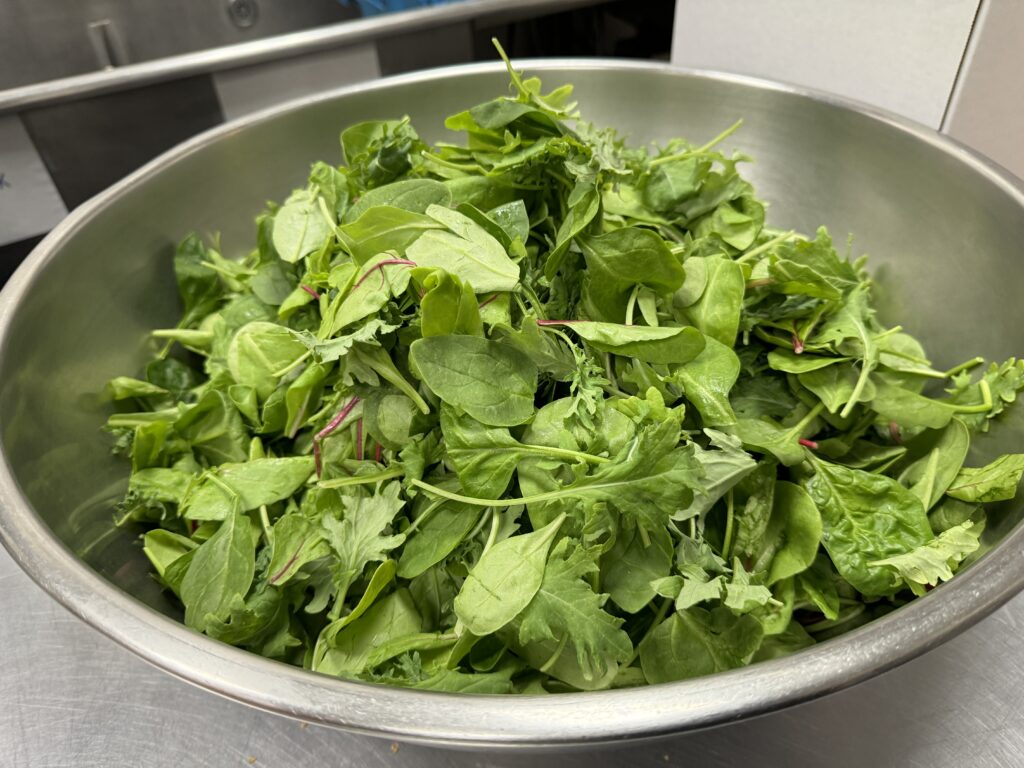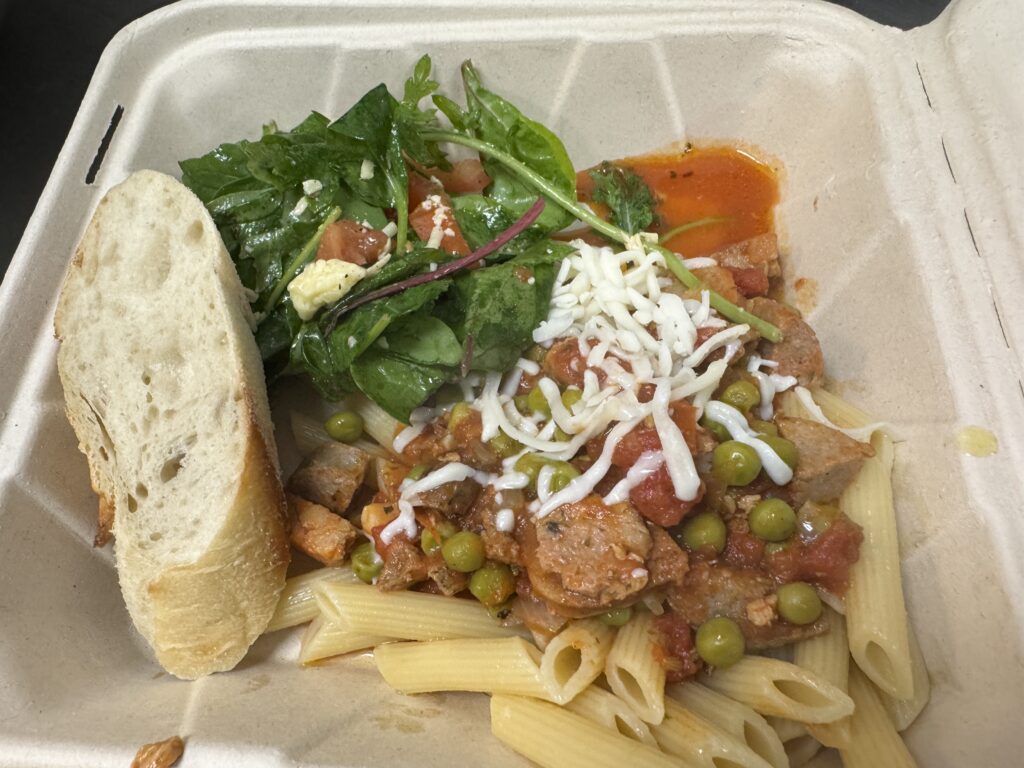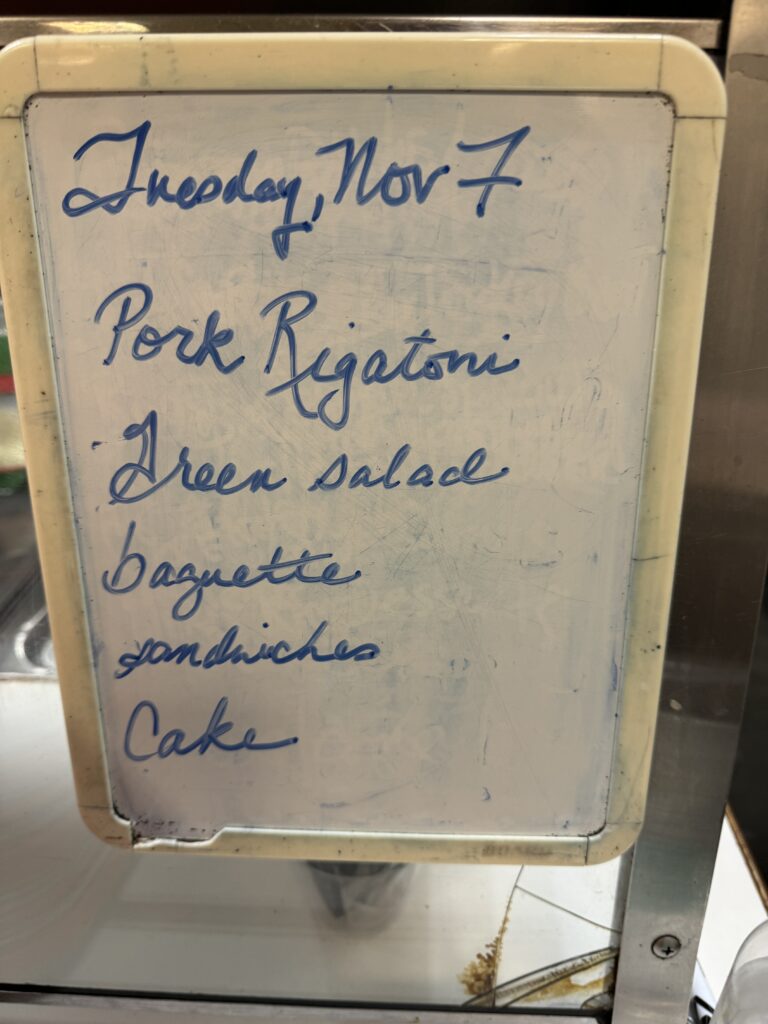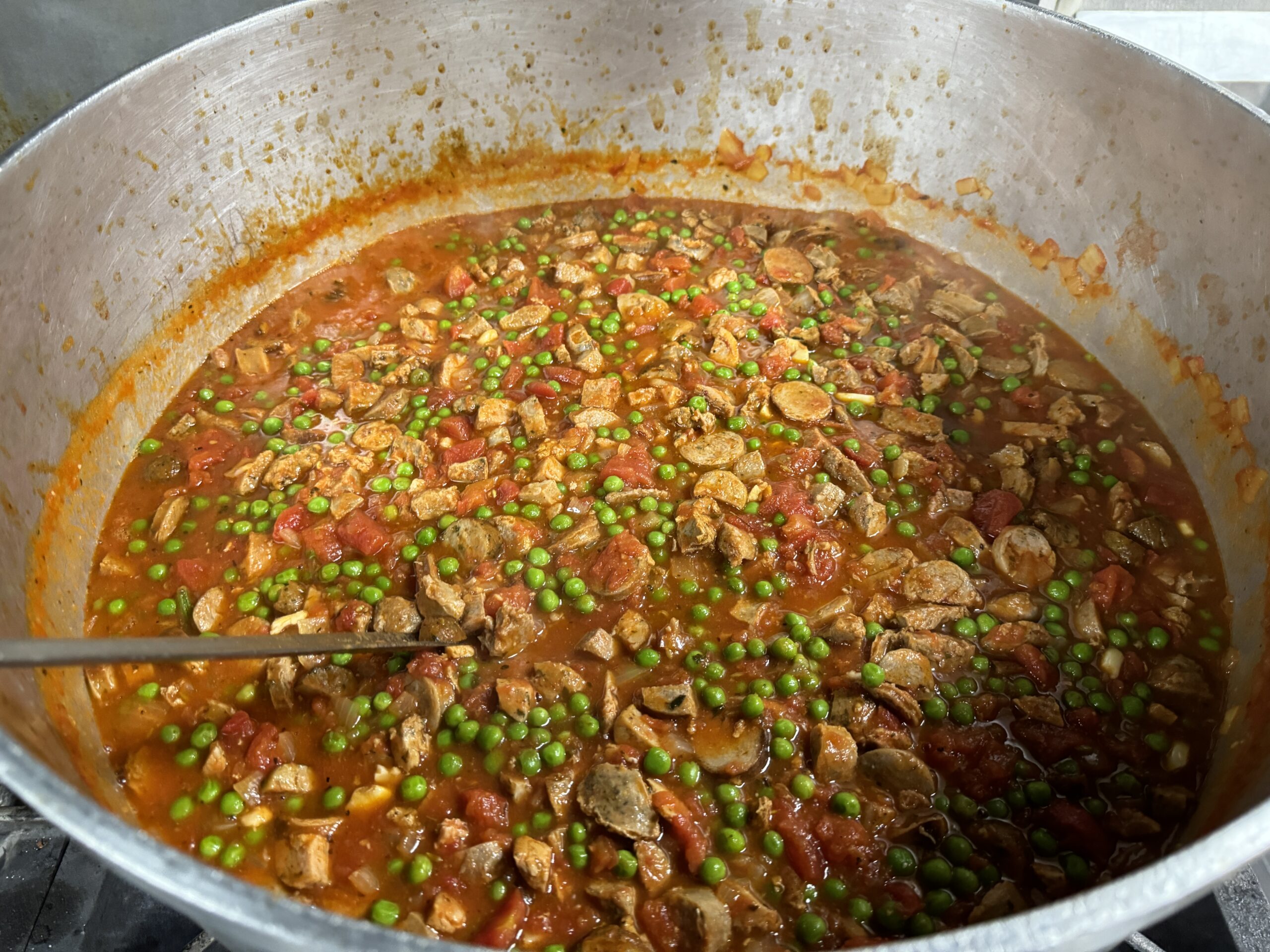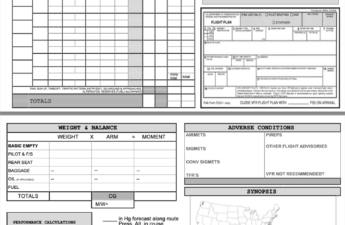I cook at a kitchen for our unhoused neighbors every month, and often am hit with last minute ingredient substitutions, donations of odd ingredients, and interesting food safety questions. Here are some rules for cooking more than 150 meals at once. I assume you’re going to make a large one-pot dish or sauce over a starch; it’s very difficult to assemble and do something more or different than that if you haven’t much experience yet. In addition, there’s very little that can’t be turned into a good tomato-based pasta sauce over a boiled noodle; it’s the best idea if you haven’t done a lot of this before.
- Any meat is fine if it isn’t spoiled (smell it, use your senses, etc) because enough garlic, diced tomatoes, and italian seasoning turns anything into pasta sauce. I mean anything. I’ve turned raw bacon cheddar-mixed hamburger patties, ground turkey, cooked pork sausages, flank steak, ground lamb, and plenty of other meats into the base for a sauce.
- Chop all food small enough that multiple pieces of that food will fit on a spoon. Not only is that best for food safety; it ensures that all foods will cook through and meld flavors in the often-shortened timespan for cooking large group meals.
- If faced with a large number of prep ingredients, some kind of meat, onions, vegetables, and a starch, and you don’t know what to do first:
- Start at least one very large pot of lightly salted water boiling; you’ll need that for boiling dry pasta later and it can take 30m for a very large pot of cold water to come to a rolling boil, as well as longer than you expect to come back to a boil after adding more than 10lb of pasta to it.
- Brown the meat by breaking it apart over a large pan with plenty of oil over very high heat. You don’t have to cook the meat so much that it is food-safe; that will be the liquid boil that will happen in a few steps. You do need to cook the meat past the point that it is browning. You’ll often see meats release a lot of liquid into the pan; the meat will stay gray and pink until the liquid has boiled off. You’ll hear a change in the pan when the meat starts to brown instead of boil; the steam will dramatically reduce and you’ll hear it start to sizzle instead of steam. That’s when to watch and stir carefully to ensure you’ve broken apart all the meats and are starting to get browned at the edges. Treat mushrooms for a vegetarian dish the exact same way you’d treat the meat.
- Chop whatever onions, garlic, leeks, green onions, and any other aromatics you have. If someone can have been doing this while you were cooking the meat, good. If not, pull the meat off the fire until you can do so, or consider doing this before you start the meat, though it’ll add to the overall time of the cooking and prep.
- Add them to the meat once it is browned enough that you have started the Maillard reaction.
- in 5-10m, when the aromatics have begun to turn translucent, you can add whatever vegetables you have prepped. If you have mushrooms, do those first so they can sweat off some of their moisture and get some browning if possible. Mushrooms can contribute to the Maillard reaction.
- Keeping everything still on high heat, add whatever canned or watery sauce ingredients you have. Often, this is where I’ll add a couple of flats of canned diced tomatoes. Usually I’m adding at least 150% by volume of whatever meats and aromatics I’ve started with…more like 200%. This will turn the meat/aromatic/chopped veg to liquid again, so ensure you’re done browning whatever you had in the pan.
- Liquid is the best conductor of heat to ensure food safety. If there is a meat dish or anything that must be cooked, it absolutely must come to a solid rolling boil for a minimum of five minutes in enough liquid that the pan doesn’t burn. If you need to add more liquid, add water or chicken broth or vegetable broth. Try to not add a liquid with too much sodium in it; if you started with cured, processed, or cooked meats such as sausages or ham, you may already have added a great deal of several kinds of salts to the dish without yet being able to taste it. If in doubt, use water – you can always add more salt later if needed to get some flavor back, and it’s better than discovering you’ve added way too much salt already.
- Turn the heat down to medium; this is where you’ll start adding some seasoning and spices. Add your herbs such as Italian seasoning, any kinds of pepper or chile (go easy! this will cook down and the heat will multiply!), and any other flavorings besides those containing sodium.
- Simmer while you prep everything else.
- Once the sauce/meat dish has cooled down to medium, taste it a couple of times with plastic spoons or something you can throw away. Don’t double-dip; you’re now below boiling point and to maintain food safety, be cautious about germs. Does it need salt? Always go light on salt because this will cook down further in the time you have before serving the meal. You can always add more later but you can’t take it out. Use a flavored salt when your dish is a bit bland; have garlic salt or chicken bouillon? Use those instead of plain table salt when possible. Turn to medium low and let simmer until you’re ready to start serving. Don’t remove from the heat until you’re guaranteed to have it all served in under 90m and can keep at a safe temperature, such as in a chafing dish.
- Start the pasta boiling. Make sure to stir a few times. Opt for macaroni, shells, or small pasta rather than longer noodles if possible; long noodles are really hard to not burn yourself with when dumping into a giant colander.
- Leave that alone and prep a salad dressing. A simple salad dressing for a lot of people is about 12oz of oil and 12oz of vinegar. Whatever you’re cooking, you can follow that simple rule and alter the oil or acid until you have a thematically appropriate dressing. When making a stirfry, I’ve used sesame oil and rice vinegar. When making Italian food, use olive oil and balsamic or red wine vinegar. When making a stew, use avocado oil and lemon juice. Use the appropriate salt – soy sauce works in Asian salads, plain salt for Italian or other side salads. You can add some Italian seasoning to the dressing, as well as fine black pepper and salt. Get a container that can be shaken. You will need to shake the dressing to make an emulsion, and it will separate very quickly, so when you make up big batches of salad, shake the dressing before adding to it. Get big bags of salad greens, and about 6lbs of salad will serve around 50 ppl, with 8oz-10oz of shaken dressing dumped over it. Mix it with your gloved hands; it’s faster. Trust your tastebuds and don’t drown the salad.
- Have 6-8 long loaves of bread if you don’t know what else to serve as a bread. Cut baguettes on a 60-degree angle to maximize size and surface area by weight while keeping it attractive.
- When the pasta is done boiling, strain it (don’t worry about all the rules involving not pouring starchy water over noodles; there will be way too much boiling water and weight to worry about that). Put it back in the pot, and put plenty of oil, like cups of olive oil in it to keep it from sticking for the hours it’ll take to serve all of it. Stir it up and keep covered to stay hot and food-safe.
- Assemble a sample meal. Have one little thing to sprinkle over the top of the meat/pasta dish, because it looks nice and finished that way. Can be parsley or cheese. Parmesan cheese is expensive but if you have the sprinkly kind, that’s fast and easy. If you have a pasta dish, you can do a generous pinch of mozzarella shreds.
- Get an assembly line going with whoever you have in the kitchen to plate the dishes up as folk come through the line.
- This process will take you 4 hours with one person (not advised; dumping the pasta pot alone takes two people), 3 hours with two people, 2 hours with three people (the minimum advisable number of people to pull this off), and can’t be done in less than 80m no matter how many people you have in the kitchen. 5-6 people is optimal for this kind of meal prep.
- Once you’ve done this a couple of times, you can start changing things up and experimenting with different flavors, but this is the most bulletproof process I’ve refined so far. I have no list of ingredients for you but some simple rules are: try to have at least 4oz of pre-cooking protein per person, you can’t go wrong with more starch or more oil on that starch, our unhoused neighbors are often without fresh leafy green food so more is better, and do at least one nice garnish of cheese or herbs.
